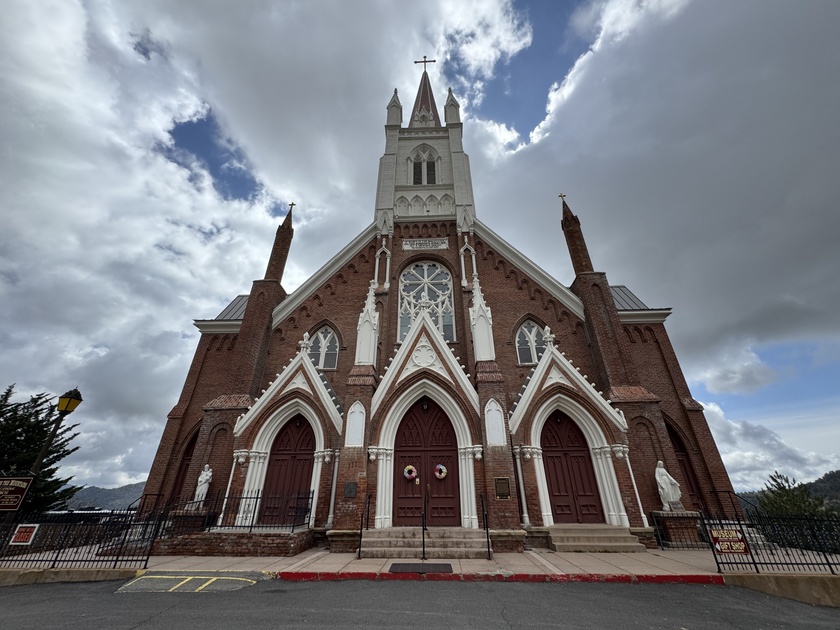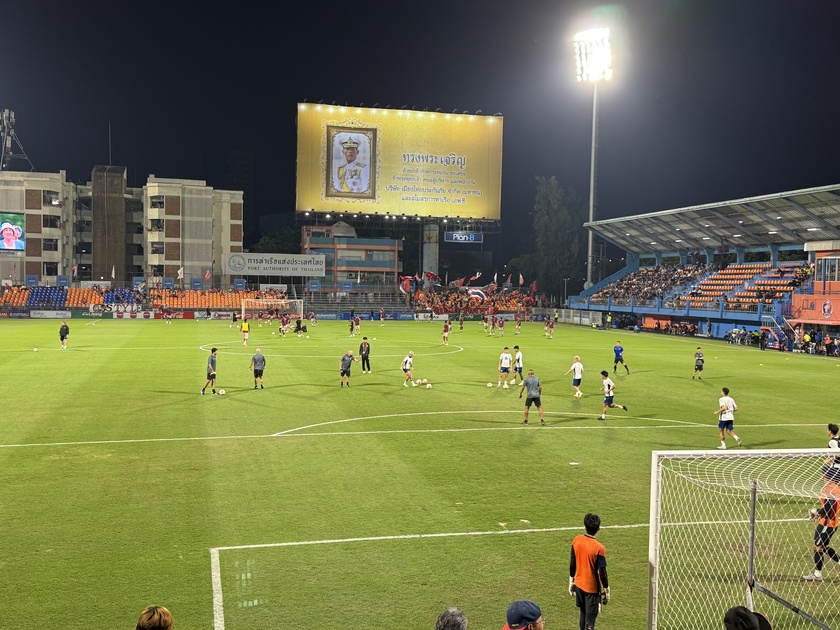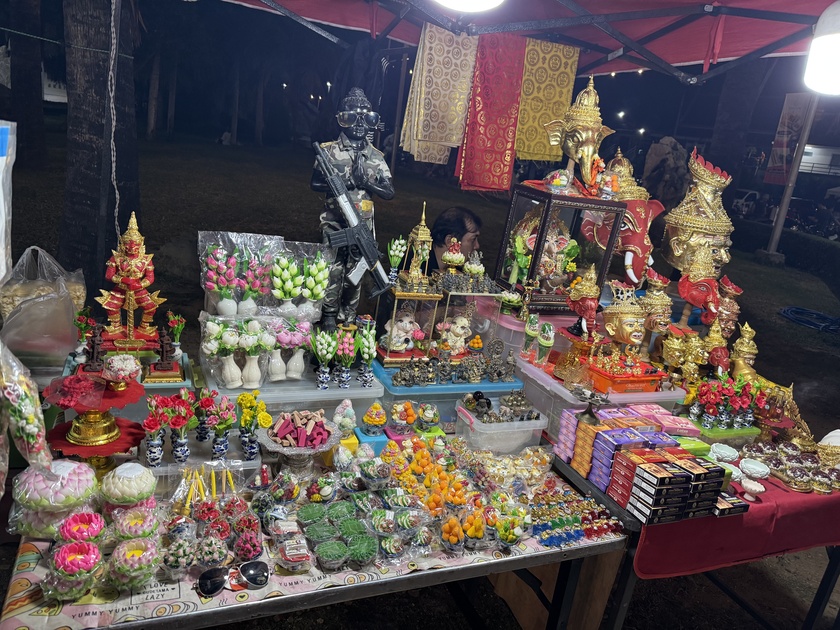Virginia City developed as a boomtown with the 1859 discovery of the Comstock Lode, the first major silver deposit discovery in the United States, with numerous mines opening. The population peaked in the mid-1870s, with an estimated 25,000 residents. The mines' output declined after 1878, and the population declined as a result. As of the 2020 Census, the population of Virginia City was 787.
Peter O'Riley and Patrick McLaughlin are credited with the discovery of the Comstock Lode. Henry T. P. Comstock's name was associated with the discovery through his own machinations. According to folklore, James Fennimore, nicknamed Old Virginny Finney, christened the town when he tripped and broke a bottle of whiskey at a saloon entrance in the northern section of Gold Hill, soon to become Virginia City.
After the discovery of the Comstock Lode in 1859, the town developed seemingly overnight on the eastern slopes of Mount Davidson, perched at a 6200-foot elevation. Below the town were dug intricate ...
Port FC vs Uthai Thani FC: Thai League 1 Matchup – December 7, 2025
The Thai League 1 encounter between Port FC and Uthai Thani FC occurred on December 7, 2025, at PAT Stadium in Bangkok, Thailand. This Round 14 fixture featured Port FC (7-3-3, 24 points, 3rd place) against Uthai Thani FC (3-5-5, 14 points, 10th place) in a contest that showcased Port’s offensive prowess against Uthai Thani’s determined but leaky defense. Kickoff was at 7:00 PM with a lively atmosphere fueled by Port’s dedicated “The Port” fan group.
Port FC emerged victorious with a 3-1 win, extending their unbeaten streak and solidifying their top-tier aspirations. The hosts controlled the tempo, outshooting Uthai Thani despite a brief equalizer. The first half saw Port take the lead in the 24th minute when Peeradol Chamratsamee slotted home after a clever assist from Worachit Kanitsribumphen (1-0). Uthai Thani leveled in the 74th minute through William Weidersjö’s opportunistic strike (1-1), but Port quickly ...
Wat Nuea Floating Market, also known as Suk Jai Floating Market (ตลาดน้ำสุขใจ), is a small, authentic riverside night market held every Friday evening along the eastern bank of the River Kwai in central Kanchanaburi. From 5:00 PM to 9:00 PM, with the liveliest hours between 6:00 and 8:30, the paved promenade and temple grounds in front of Wat Thewa Sangkharam come alive with local vendors. Despite the “floating” name, all stalls are set on land and no vendor boats tie up at the pier; the title is a traditional reference rather than a literal description.
The atmosphere remains relaxed and overwhelmingly local, with string lights stretching above the walkway, live Thai acoustic music drifting from small stages, and families settling in for the evening. The cool river breeze and views of the illuminated Kwai, often with the distant glow of the River Kwai Bridge, create a calm backdrop. Vendors offer a full range of inexpensive Thai street food, iced drinks, clothing,...
Thai long boat racing traces its origins to the Ayutthaya Kingdom (1350–1767), where it began as military training for war canoes that could carry 40–60 soldiers along rivers like the Chao Phraya. Historical records indicate the first organized race occurred during a royal ceremony under King Ekathatsarot (r. 1605–1620), evolving from spontaneous challenges between temple boats during merit-making processions.
By the Rattanakosin era (1782–present), kings like Rama V formalized it as a national spectacle, commissioning carved teak boats and silver trophies, with races tied to the end of Buddhist Lent (Awk Phansa) in September–November when rivers swell post-monsoon.
These events blend sport, spirituality (with boat-blessing rituals invoking river spirits), and community rivalry, featuring 30–55 paddlers per boat chanting rhythmic songs.
Over four centuries, they’ve symbolized Thai riverside life, though modern variants include motorized long-tail races; traditional paddle events ...




















































